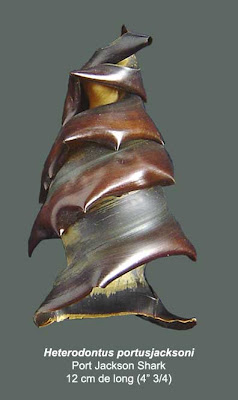

Though of minor commercial importance, it is regularly taken in bottom trawls (outside Qatar), gill nets and longlines and utilized for human consumption and fishmeal. The Zebra Shark is widely distributed in the Indo-West Pacific, occurring from the Red Sea and East Africa to New Caledonia and Fiji, north to southern Japan, and south to Australia.Īccording to the IUCN Red List, it is globally Vulnerable (VU).

They are normally harmless, but may bite if provoked. Zebra sharks are oviparous, laying eggs in large, dark egg cases. Want to catch these beautiful sharks up close and in person? Add Ripley’s Aquarium of Canada to your next travel plans for a jaw-some time!īy Engrid Barnett, contributor for Ripleys.This species is a bottom-dwelling inshore shark, which is common in coral areas, where it mainly feeds on mollusks, but also on crustaceans, small fish, and sea snakes. It’s an egg-cellent step in the right direction for ocean health and renewal! Most importantly, by understanding the reproductive cycle of zebra sharks, conservationists can avoid relocating parthenotes to Southeast Asia. The eggs these breeding pairs produce will head to Indonesia for hatching and release into protected areas. This will help ensure the greatest genetic health and diversity across institutions, nationally and internationally. To achieve this, the data will be used to match male and female sharks. Their ultimate goal? Bringing zebra sharks back in abundance to their native waters off the coast of Indonesia. What’s the takeaway regarding the work done by Lyons, Wyffels, and their team? Their data will be used to further zebra shark conservation through the Stegostoma tigrinum Augmentation and Recovery (StAR) Project. The Takeaway: Zebra Shark Reproductive Research To get to the bottom of this, researchers relied on genetic testing. But it didn’t give any indications about which babies were parthenotes. This allowed the researchers to identify offspring born in tanks frequented by multiple females. Jennifer Wyffels of Ripley’s Aquariums studied hundreds of zebra shark eggs to uncover valuable information that will help with the conservation of the species. How do things like parthenogenesis fit into the zebra shark reproductive cycle? This phenomenon allows female sharks to reproduce alone, without the input of a male zebra shark. Asexual Reproduction: A Not-So-Super Power Combined with regular blood tests to monitor hormone levels, researchers gained a more accurate picture of reproductive seasonality in zebra sharks. In particular, the ultrasounds allowed the scientists to peek inside zebra sharks’ internal reproductive anatomy. They employed various techniques and technologies, including old-fashioned physical exams, ultrasounds, and blood panels. How did Lyons and Wyffels gather this data? By enlisting a team of researchers to collect information about 22 females, five males, and 2,410 shark eggs from ten institutions.

How many eggs does a female zebra shark lay in a season?.How Studying Zebra Sharks Can Helpįunded through an AZA Conservation Grant, Lyons and Wyffels focused on crucial questions related to zebra shark productivity. They collaborated with the SAFE Shark and Ray Program, accredited by the Association of Zoos and Aquariums (AZA), to uncover potential answers within zebra shark populations. Jennifer Wyffels of Ripley’s Aquariums decided to find out firsthand. How do we help cartilaginous fish populations rebound? That’s a question Dr.


 0 kommentar(er)
0 kommentar(er)
